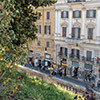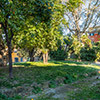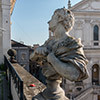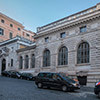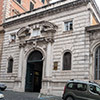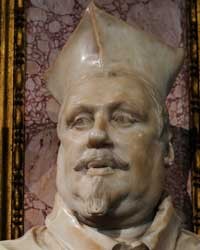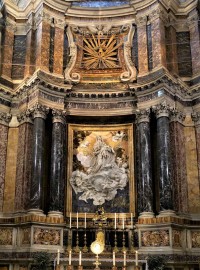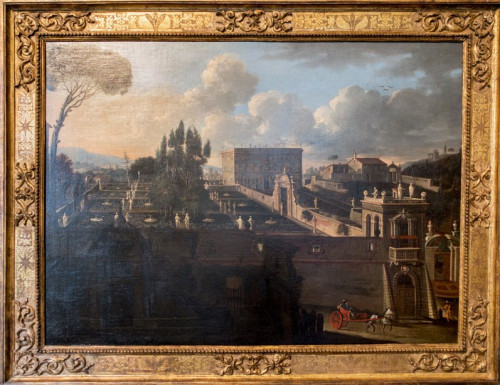
Matthias Withoos, Veduta di Villa Aldobrandini, about 1665, Museo di Roma - Palazzo Braschi
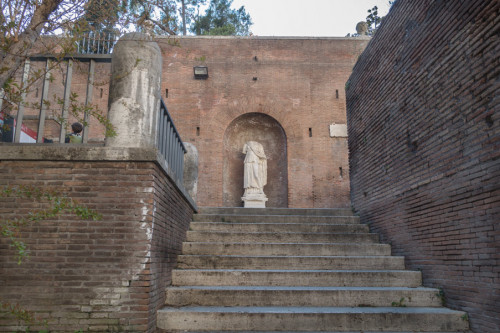
Entrance to the park (villa Aldobrandini) from via Mazzarino 11

Villa Aldobrandini
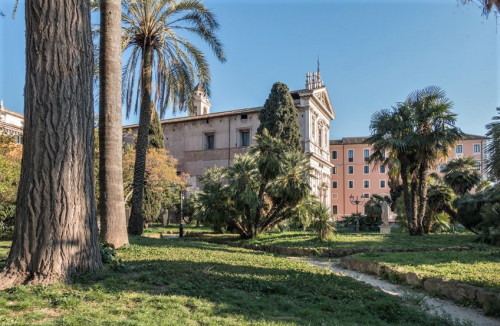
Villa Aldobrandini, view of the facade of the Church of Santi Domenico e Sisto
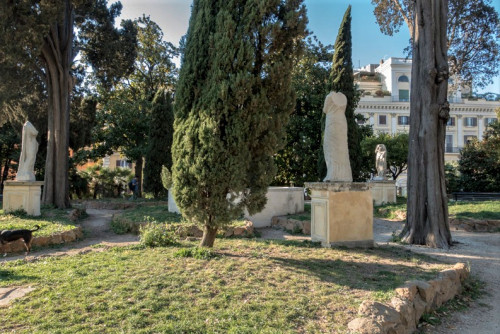
Villa Aldobrandini
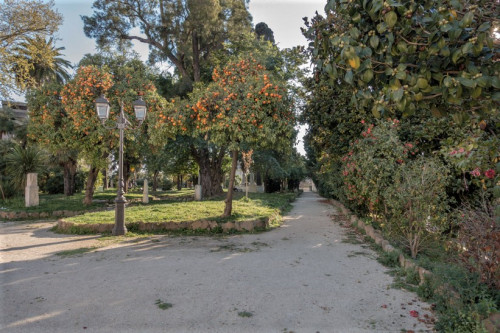
Villa Aldobrandini
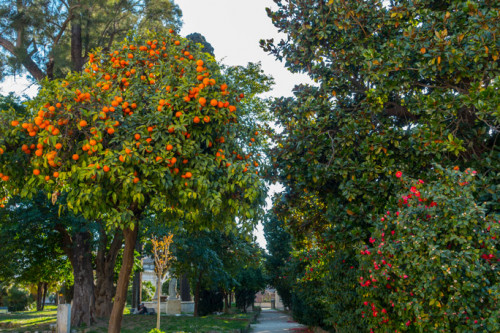
Villa Aldobrandini

Villa Aldobrandini, view of via Nazionale
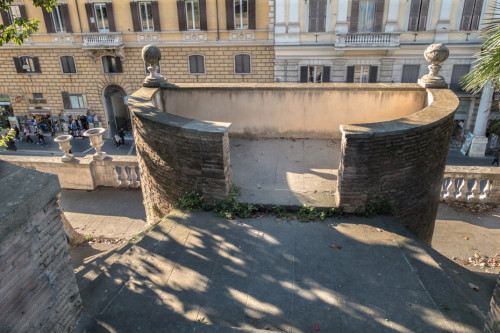
Villa Aldobrandini, one of the balconies overlooking via Nazionale

Villa Aldobrandini
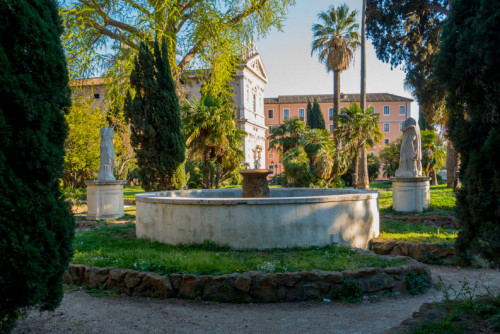
Villa Aldobrandini, in the background the facade of the Church of Santi Domenico e Sisto
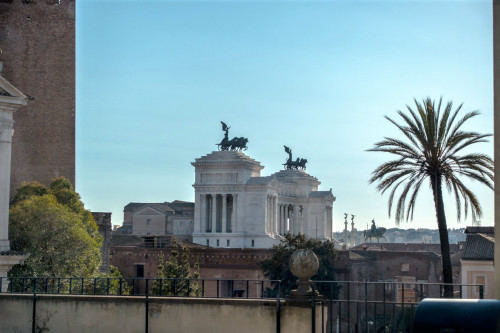
Villa Aldobrandini, view of the Altar of the Fatherland
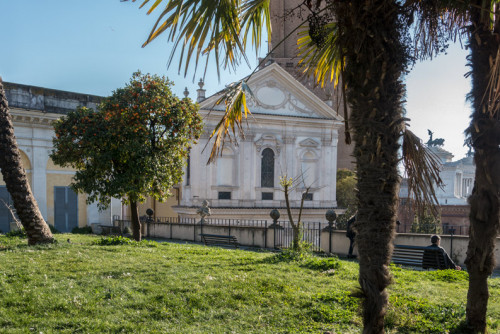
Villa Aldobrandini, view of the facade of the Church of Santa Caterina da Siena

Villa Aldobrandini, view of the facade of the Church of Santa Caterina da Siena
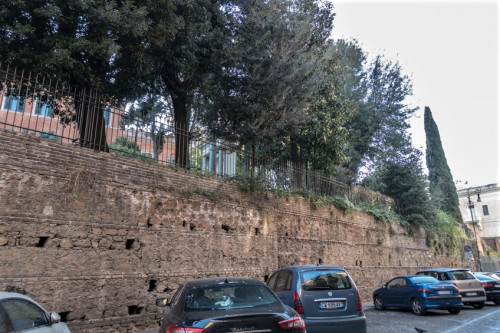
Villa Aldobrandini, the wall from the via Mazzarino side
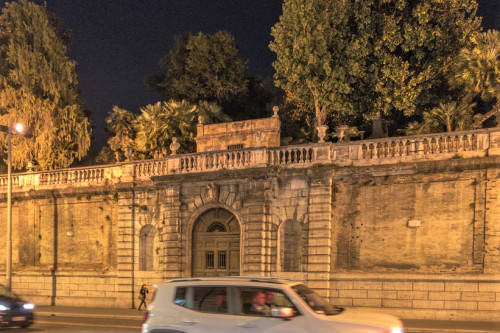
Villa Aldobrandini, the wall from the via Nazionale
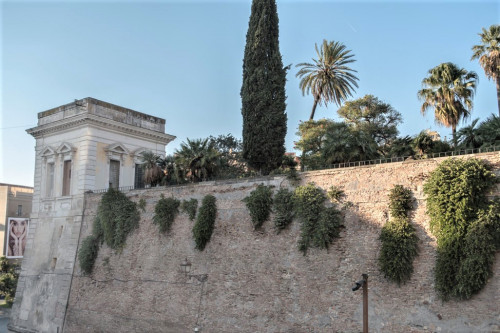
Villa Aldobrandini, the wall and the pavilion from the via Panisperna

Villa Aldobrandini from via Panisperna corner via Mazzarino, entrance to the International Institute of the Unification of Private Law (UNIDROIT)

Villa Aldobrandini from via Panisperna, entrance to the International Institute of the Unification of Private Law (UNIDROIT).
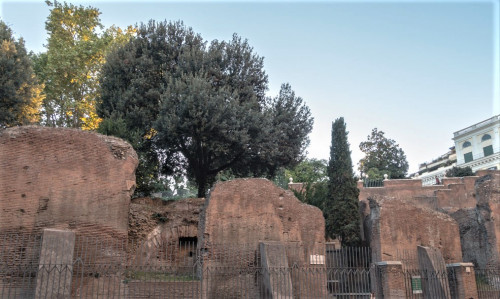
Villa Aldobrandini, remains of an ancient building in Via Mazzarino
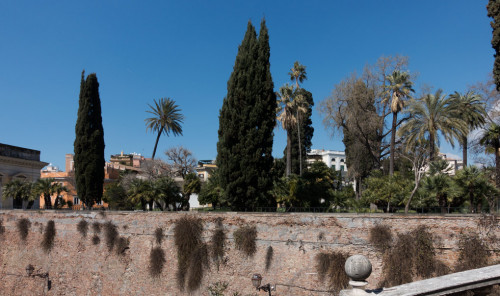
Villa Aldobrandini seen from the Church of Santi Domenico e Sisto
In the very heart of Rome, by or more appropriately over one of the busiest streets of the city, the via Nazionale, stretches an enchanted garden. Between the ponds and palms, there are sculptures and antique fountains. And when we take a seat upon one of the benches, a scent of blooming camellias, magnolias, and orange flowers will reach our nostrils, while our eyes will be filled with views of cypresses and stone pines. This, in the past suburban villa, we can admire today in a much-reduced form and only our imagination may tell us what the orchards, gardens, and parks that stretched here until Modernity looked like in the past.
In the very heart of Rome, by or more appropriately over one of the busiest streets of the city, the via Nazionale, stretches an enchanted garden. Between the ponds and palms, there are sculptures and antique fountains. And when we take a seat upon one of the benches, a scent of blooming camellias, magnolias, and orange flowers will reach our nostrils, while our eyes will be filled with views of cypresses and stone pines. This, in the past suburban villa, we can admire today in a much-reduced form and only our imagination may tell us what the orchards, gardens, and parks that stretched here until Modernity looked like in the past.
Today, the park known as Villa Aldobrandini can only be accessed from via Mazzarino 11, by steep steps going upwards. As we reach the end of our trek we will find ourselves in a place that the ancients called Collis Latiaris – the highest point of Quirinal Hill, one of the seven Roman hills. Over the centuries the well-cared-for gardens, fountains, and pools surrounding the rather unknown, designated for summer leisure Roman building, fell into ruin, and in time they were transformed into fields and vineyards. And that is how it was until the XVI century when the aristocrat from Città di Castello (the Perugia province) Giulio Vitelli bought a vineyard on the hill even then known as Magnanapoli. In time a small palace was built here, a casino with a tower, a garden, and a park. Vitelli's property stretched from via Panisperna all the way to the palace on the Quirinal, or more appropriately to the place which would soon become the property of Cardinal Scipione Borghese, and then be the site of the construction of his famous casino dell’Aurora.
The next stage in the history of this place began in the year 1600 when the villa became the property of the nephew and nepot of Pope Clement VIII, Cardinal Pietro Aldobrandini. By the side of his uncle, he acquired an enormous fortune which among other things, he used to modernize and extend his property, which at that time was still suburban in its character. Cardinal entrusted the works on the villa to the famous Giacomo della Porta – an architect who designed a new façade for the palace, the stairs, a loggia, the entrance gate from Largo Magnanapoli and bestowed a new look upon the garden. Due to the shape of the terrain, the palace had three stories from the side of the via Panisperna, and two from the side of the garden. Della Porta adorned it with authentic ancient reliefs. It was here that the cardinal housed his imposing art collection since this incredibly influential and rich Church dignitary was also a refined art collector and his collection included the works of Titian, Giovanni Bellini, Raphael, and the Carracci brothers. The garden was also enriched with ancient sculptures, vases, garden ponds, fountains, and even fish ponds, all of which were part of Aldobrandini’s collection. New trees and bushes were also planted.

After the death of his uncle, due to a conflict with the new pope, Paul V, but above all with his nephew Scipione Borghese, cardinal Aldobrandini had to leave Rome. After his death in 1621, the villa was inhabited by members of the Pamphilj family and later the Borghese family, although it still belonged to the Aldobrandinis. The cardinal's great art collection was scattered, while the park and garden were neglected. Another period of splendor for the villa came during the French occupation when it became the seat of the French governor (1811-1814) general de Miollis – the very same who arrested Pope Pius VII and sent him to France. The new host turned the villa into a place known for its feasts and balls. The gardens were once again filled with music, while the general’s art collection enriched the palace and park with works of art stolen by the French during their invasion of Italy.

The modernization of the city and the construction of the via Nazionale in 1876 cut the park in half. It was then, that the wall near via Nazionale was raised, and twin pavilions were placed at its top – two from the side of via Nazionale and two at Largo Magnanapoli. The gate leading from the villa to the palace was closed off and a new, representative entrance was created from the side of via Panisperna 28, decorated with an immense portal. The rest of the property, which included the park and orchard (on the other side of the via Nazionale) was sold by the Aldobrandini family. This process finally culminated in 1926, when the complex at via Panisperna became the property of the Italian state. The buildings along with the small garden and the nymphaeum were given over to the International Institute of the Unification of Private Law (UNIDROIT). The complex also included buildings (added to the entrance portal) created during Fascist times in accordance with the design of Clemente Busiri Vici and Marcello Piacentini (at the corner of via Mazzarino). Maintained in the pompous, neo-Baroque style they did not fit in with the Renaissance body of cardinal Aldobrandini’s palace. Presently, entering the area of the Institute through the main portal (via Panisperna 28) we can see a nymphaeum on a small courtyard that dates back to the times of the original owner Vitelli. The remaining part of the garden was given over to the city of Rome and transformed into a public park. In 1938 the stairs leading from the main entrance to the park from the via Mazzarino were built. Ultimately the villa Aldobrandini is presently located between the following streets: via Nazionale, via Mazzarino, via Panisperna, and Largo Magnanapoli and occupies approximately eight hectares. It consists of two parts – one is the palace and a small park (closed off to the public) belonging to the Institute, the other is the aforementioned public park. Perhaps, the rather unusual, known only to the chosen few entrances to the park, is responsible for the fact that despite being located in the very heart of the city it is never overcrowded. A magnificent view stretches from the garden onto the nearby Church of Santi Domenico e Sisto and the Church of Santa Caterina de Siena, as well as upon Quirinal Hill and the Largo di Magnanapoli Square. One of the medieval residences of Roman aristocrats, the Torre delle Milizie can also be seen from here.





























